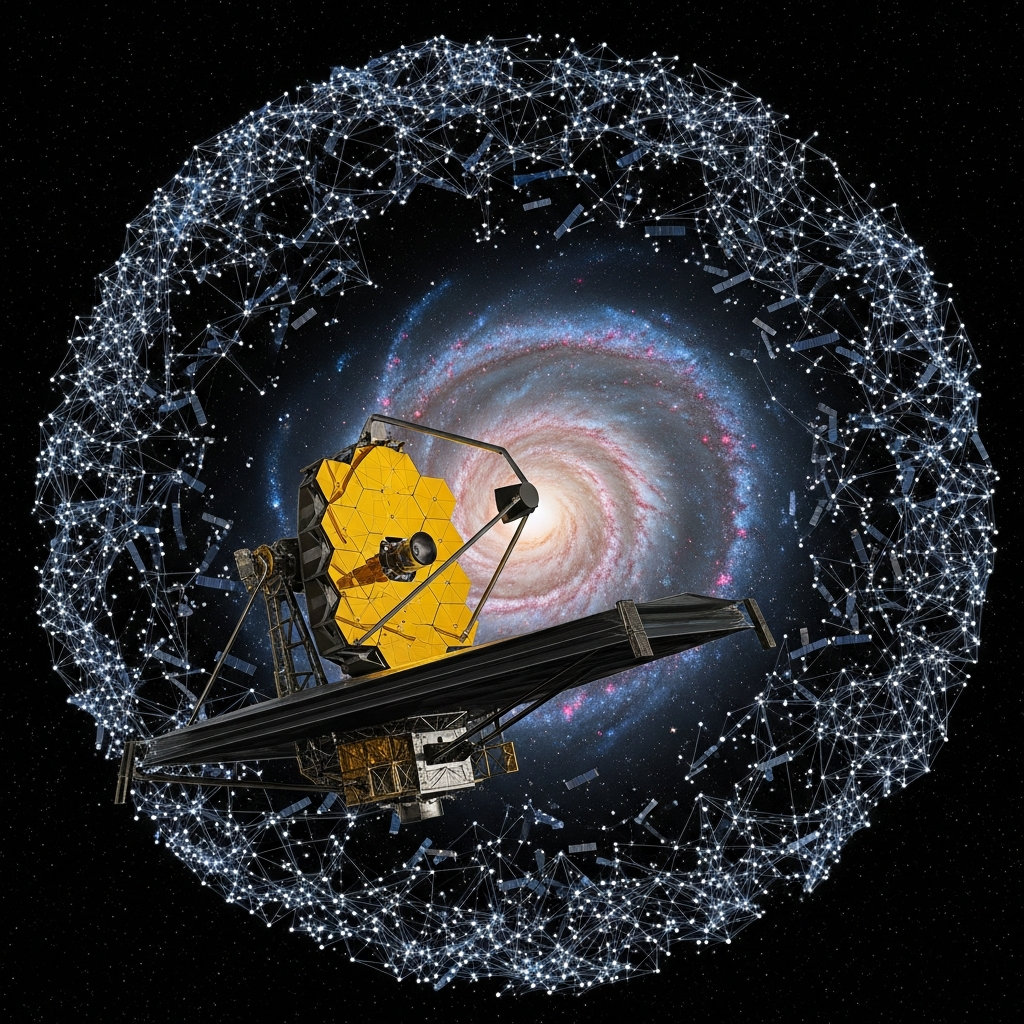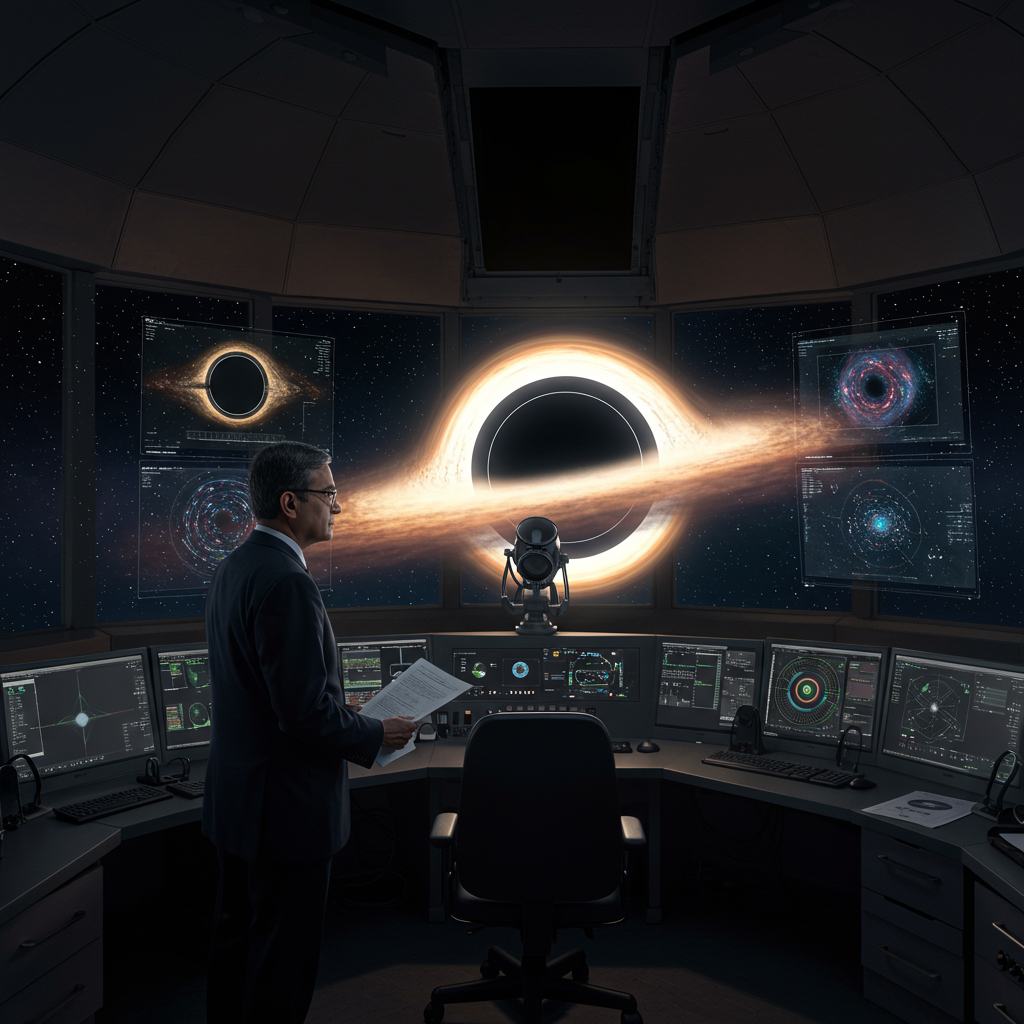Have you felt like days are just flying by lately? While time might feel like it’s accelerating in our busy lives, scientists are actually observing a measurable quickening in the earth’s rotation. This subtle change, amounting to mere milliseconds per day, has significant implications not for human perception, but for the ultra-precise systems that govern global timekeeping. So, is the planet really spinning faster, and does this mean time is genuinely speeding up for you? Australian experts in time and geophysics weigh in on this fascinating phenomenon, explaining the complex forces at play and the technical challenges they face keeping the world’s clocks in sync.
What Exactly Defines a “Day”?
For millennia, the concept of a day was simple: the time it takes for the sun to return to the same position in the sky. This astronomical definition set a day at roughly 24 hours, or 86,400 seconds. Early timekeeping relied on tracking the Earth’s rotation relative to celestial bodies.
However, as society grew more complex and technology advanced, the need for far greater precision emerged. Dr. Michael Wouters, who leads time and frequency measurement at the National Measurement Institute – Australia’s official authority for time – explains that while we once simply divided Earth’s single rotation by 86,400 to define a second, this method isn’t stable enough for the modern world.
From the Sun to the Atom
Today, global time is officially managed by Coordinated Universal Time (UTC). This standard isn’t based on the wobbly spin of our planet. Instead, UTC is derived from the incredibly stable “tick” of atomic clocks.
These sophisticated instruments, like those housed at Australia’s National Measurement Institute, can measure time with astonishing accuracy, down to nanoseconds – a billionth of a second. A global network of these atomic clocks is synchronized to maintain UTC, providing a universally consistent timescale.
Earth’s Imperfect Spin: Why Day Length Varies
Unlike the unwavering rhythm of an atomic clock, the Earth’s rotation is anything but perfectly constant. While the average day is 86,400 seconds, the actual length of any given day can fluctuate by a millisecond or more. These seemingly tiny variations accumulate over time, causing a drift between astronomical time (based on Earth’s rotation, known as Universal Time 1 or UT1) and the highly stable atomic time (UTC).
Scientists have identified several factors that contribute to these subtle changes in our planet’s rotational speed. Understanding these influences helps explain why days can sometimes be slightly shorter or longer than the average.
Forces Changing Earth’s Rotation
Earth’s spin is influenced by a dynamic interplay of forces, both external and internal. These factors lead to the observed variations in day length:
The Gravitational Dance: The moon is a major player. Its gravitational pull creates ocean tides, which bulge out towards it. As the Earth spins through these bulges, the moon’s gravity exerts a slight drag, acting like a “handbrake” that generally slows the Earth’s rotation over very long periods. However, the moon’s position relative to Earth’s equator also matters. When the moon is furthest from the equator, its tidal braking effect is weakened, allowing Earth to spin slightly faster, much like a spinning top accelerates when mass is closer to its axis (Inkl summary).
Seasonal Shifts: The distribution of mass on Earth changes seasonally. For example, in the Northern Hemisphere summer, vegetation growth and accumulated snowmelt shift mass away from the spin axis, similar to an ice skater extending their arms. This slows the rotation slightly, lengthening the day. The opposite happens in winter. Geophysicist Richard Holme notes that because the Northern Hemisphere has more landmass, its seasonal changes have a more pronounced effect (Inkl summary).
Internal Dynamics: Movements within the Earth’s core and mantle also subtly influence the distribution of mass, affecting rotation.
Large-Scale Events: Sudden, powerful events like major earthquakes can cause tiny, instantaneous shifts in Earth’s mass distribution, leading to minuscule changes in rotation speed. For instance, the 2011 Japan earthquake reportedly shortened the day by 1.8 microseconds (Inkl summary).
Human Impact: Even human activities, particularly those affecting the movement of ice and groundwater linked to climate change, can have a measurable, albeit small, effect on rotation over time. NASA researchers calculated this has slightly increased day length by 1.33 milliseconds per century between 2000 and 2018 (Inkl summary).
The Need for Hyper-Accuracy in a Digital Age
While a millisecond might seem insignificant to an individual, maintaining incredibly precise time is absolutely critical for modern technology. Dr. David Gozzard, an experimental physicist specializing in time synchronization at the University of Western Australia, highlights just how much we rely on accurate timing.
Computers, global navigation satellite systems (like GPS), banking transactions, electricity grids, and telecommunications networks all require synchronization often accurate to within billionths of a second. Data transmission happens at such speed that precise time tagging is essential to ensure information is processed correctly and efficiently. Without this accuracy, our interconnected digital world would simply cease to function reliably.
Keeping Clocks in Sync: The Role of Leap Seconds
Because Earth’s rotation is irregular and UTC is based on the steady pulse of atomic clocks, the two timescales inevitably drift apart. To keep the difference between UT1 (Earth time) and UTC (atomic time) within a manageable limit (specifically, less than 0.9 seconds), global timekeepers, managed by the International Earth Rotation and Reference Systems Service (IERS), have historically added “leap seconds” to UTC.
A leap second is a one-second adjustment made to UTC. The first leap second was added in 1972. These additions effectively pause the atomic clocks for a second to allow Earth time to catch up, preventing the gap from growing too large. The most recent leap second was added in 2016.
The Unexpected Acceleration and a Potential Negative Leap Second
For many years, the general trend of Earth’s rotation had been slightly slowing down, requiring the addition of leap seconds. However, since 2020, scientists have observed a notable acceleration in Earth’s spin (Guardian summary 1). This has resulted in several of the shortest days on record occurring recently. The shortest day ever recorded so far was on July 5, 2024, which was 1.66 milliseconds shorter than the standard 86,400 seconds (Guardian summary 1, Inkl summary). Predictions suggested similarly truncated days would occur in July and August 2025, expected to be 1.3 to 1.51 milliseconds shorter than average on specific dates like July 9th, July 22nd, and August 5th (Inkl summary).
If this period of acceleration continues, timekeepers face a novel and unprecedented challenge: instead of needing to add a leap second, they might need to subtract one. Deleting a leap second would effectively require skipping a second in UTC.
This possibility raises concerns among experts like Dr. Wouters, as a negative leap second has never been attempted in practice. While adding a second generally causes fewer issues for computer systems, skipping one could potentially create technical glitches or disruptions in systems relying on seamless time synchronization.
Acknowledging the challenges that leap seconds pose for complex digital infrastructure, the international community has already agreed to discontinue the practice of adding leap seconds from 2035 (Gozzard, Guardian summary 1). However, the potential need for a subtractive leap second before that date remains a significant technical hurdle.
Does a Faster Spin Mean Time Is Speeding Up For You?
Despite the scientific fascinating and the technical complexities for global timekeepers, the clear consensus among experts is that Earth’s slight acceleration makes no perceptible difference to human experience.
Dr. Gozzard points out the stark contrast between the precision needed for technology and the comparatively loose way humans perceive and measure time. We arbitrarily add or subtract a whole hour with daylight savings time and apply the same time zone across hundreds of kilometers, where the actual solar time can vary significantly.
Dr. Wouters adds that a difference of a few milliseconds is completely imperceptible to the human eye or brain. Even if these tiny differences were to accumulate to several seconds over a century, “nobody’s really going to notice,” he says.
So, while the planet beneath our feet is indeed spinning fractionally faster than its long-term average, it does not mean that your personal sense of time is speeding up or that your day is getting noticeably shorter. Your clock, synchronized with highly stable atomic time, will still reliably report 24 hours in a day. The phenomenon is a critical concern for scientists and technologists who maintain the precise timing backbone of our modern world, but it’s not something the average person will feel.
Frequently Asked Questions
What factors cause Earth’s rotation speed to change?
Earth’s rotation speed changes due to a combination of influences. Key factors include the gravitational pull of the moon and sun (causing tides and affecting mass distribution), seasonal shifts (like ice accumulation or vegetation growth moving mass), movements within the Earth’s core and mantle, large events like earthquakes, and even long-term effects from human activities impacting ice and groundwater distribution due to climate change. These forces mean the length of a day can vary by milliseconds.
Does Earth spinning faster affect my daily life or clock?
No, the slight acceleration in Earth’s spin and the resulting millisecond variations in day length do not affect your daily life or the clocks you use. Modern clocks are synchronized to Coordinated Universal Time (UTC), which is based on the extremely precise and stable timing of atomic clocks, not Earth’s rotation. While crucial for technologies requiring hyper-accuracy like GPS and telecommunications, these small changes are far too tiny to be noticed by humans.
Why might timekeepers need a ‘negative’ leap second?
Historically, leap seconds have been added to Coordinated Universal Time (UTC) to keep it aligned with astronomical time (UT1) based on Earth’s rotation, which has generally been slowing down. However, a recent period of acceleration in Earth’s spin means that UT1 is now slightly ahead* of where UTC “expects” it to be based on the long-term trend. If this quickening continues, timekeepers may need to subtract a second from UTC to bring the two timescales back into the required alignment range, a measure known as a negative leap second, which is unprecedented.
While the phenomenon of Earth’s rotation changing speed is a fascinating area of scientific study, particularly for those maintaining the complex systems that rely on exact timing, rest assured that your personal experience of a 24-hour day remains firmly rooted in the stable tick of atomic time.




